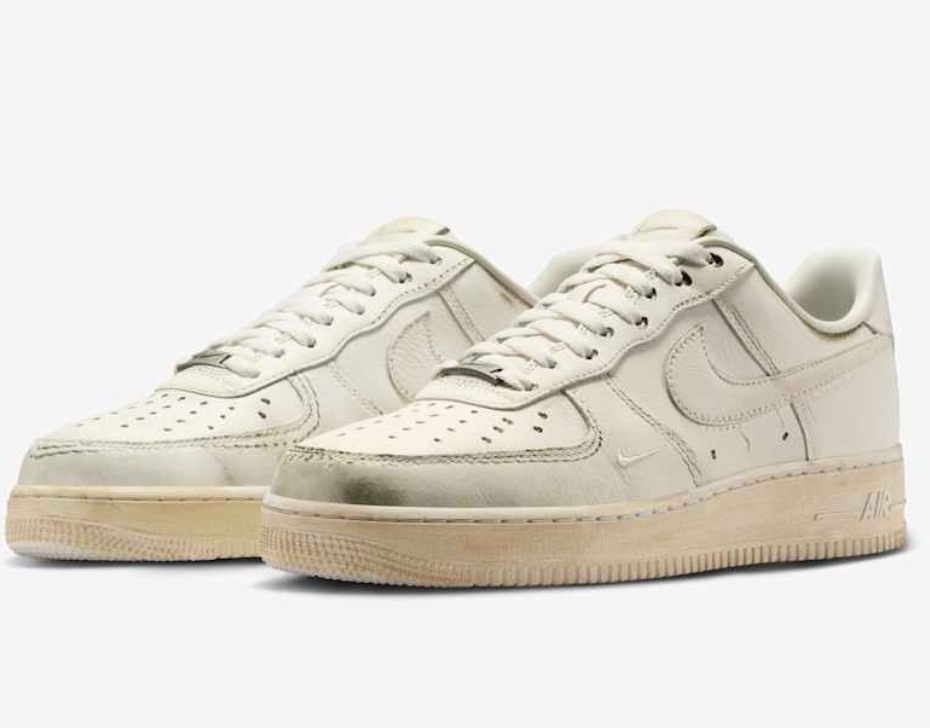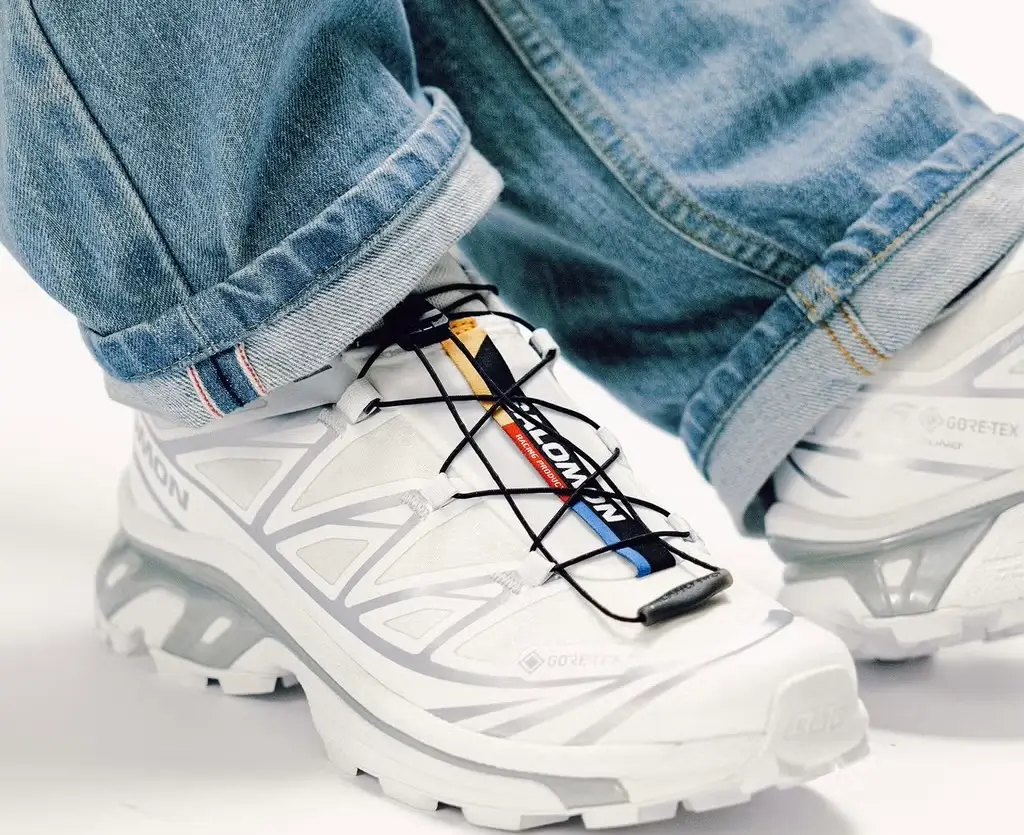In an age of curated feeds and filtered uniqueness, the dirtiest shoe in the game remains untouchable. The Nike Air Force 1 Low in white—once pristine, now proudly worn with creases, smudges, and a little grime—has become a uniform not just of style, but of presence. It tells a story, one that starts in the streets and stretches into music, fashion, and global identity. But make no mistake: we’re not talking about box-fresh, icy whites. We’re talking about the Triple Dirty White.
Not Quite Clean. Not Quite Beat. Completely Real.
There’s something subversive about the way the Triple Dirty White AF1 gets better the more it’s worn. It defies the sneakerhead obsession with preservation. You’re not supposed to display it in a box. You’re supposed to live in it.
The standard all-white Air Force 1 is a staple—it’s clean, versatile, classic. But once it picks up that first scuff or darkens around the sole, it enters a different zone entirely. The Triple Dirty White isn’t a colorway you buy. It’s a status you earn.
It’s the shoe version of the perfect leather jacket: broken-in, imperfect, lived-in. It’s less about what the shoe looks like, more about what you’ve done in them.
A Working-Class Hero of a Sneaker
The original AF1 dropped in 1982. Designed by Bruce Kilgore, it was the first basketball shoe to use Nike Air technology. But what was born on the court made its real home in the streets—especially in New York, Baltimore, and later, the South.
Worn by hustlers, rappers, kids cutting class, and later by fashion editors and stylists, the Air Force 1 became a kind of democratic icon. It wasn’t about wealth—it was about style and story. And unlike Jordans or Yeezys, there was always a fresh pair (or not-so-fresh pair) at your local Foot Locker.
The Triple Dirty White version—again, not an official SKU but a reality born of use—represents the ultimate neutral. It pairs with anything. It doesn’t scream. It just is. And it doesn’t care what you think.
From Nelly to the Block to TikTok
Let’s not forget: this shoe has been immortalized in lyrics, photos, and runways. Nelly’s 2002 hit “Air Force Ones” helped cement the silhouette in hip-hop lore. Since then, it’s been a favorite of everyone from Jay-Z to A$AP Rocky to Billie Eilish.
But lately, it’s been Gen Z that’s given the dirty white pair its viral power. On TikTok, “beater” AF1s are everywhere—used as a kind of anti-luxury flex. Teenagers wear them with oversized jeans and vintage tees, like a uniform of the fashion-literate working class. They’re DIY. They’re dirt-as-decoration. The cleaner they are, the more you look like a try-hard.
This is what separates the Triple Dirty White from other sneakers: it’s not about showing off. It’s about showing up.
Fashion’s Favorite Anti-Sneaker
Ironically, the dirty AF1 has become a fashion insider favorite—not despite its wear, but because of it. Editors in Paris rock scuffed pairs with couture. Street stylists photograph them on models backstage. Brands have even attempted to replicate the look—Golden Goose made an entire business out of pre-dirty shoes, but nothing hits quite like a naturally worn Air Force 1.
It’s also unisex. Genderless. Ageless. A 17-year-old can wear them with jorts and a tank. A 35-year-old can pair them with a tailored coat. In a world obsessed with hyper-specific trends, the dirty AF1 transcends all of them.
Creases as Credibility
To be clear: not all dirty shoes are created equal. The Triple Dirty White has a vibe. It’s not trashed. It’s not falling apart. It’s used—but intact. The sole might be worn down. The toe box is creased. There are dirt marks around the heel and smudges on the Swoosh. But there’s still life in them. They’ve been places.
Creases aren’t flaws—they’re credibility. In a culture that often prioritizes performance over presence, a worn-in pair of Forces says, “I’ve been outside.” It’s the closest thing fashion has to street-level authenticity.
Symbols in the Sole
We talk a lot about what sneakers say. Jordans say status. Yeezys say hype. AF1 Triple Dirty Whites say something quieter: movement, memory, mileage.
They say the wearer isn’t precious. That they aren’t afraid of the mess. That they’ve walked through something and kept going. That they understand the value of use, not just ownership.
In a world that encourages disposal and constant newness, the Triple Dirty White is about continuity. They don’t get thrown out. They get worn until they tell your story.
Cultural Permanence in a Trend Cycle World
Fashion trends move fast. But the Air Force 1 doesn’t. It just keeps showing up.
There’s a reason Nike never lets it die. There’s a reason resale culture can’t totally co-opt it. And there’s a reason dirty AF1s never really fall out of favor—because they don’t pretend. They don’t posture. They’re just built different.
They don’t ask for respect. They command it.
Impression
In an era of digital identity and high-gloss style, the Triple Dirty White Air Force 1 is an analog relic. It’s tactile. It’s worn. It’s real. It’s not luxury—but it’s legendary.
And in that dirt, there’s dignity. In those creases, there’s confidence. In that beat-up pair you’ve worn for two summers straight? There’s you.
So lace them up. Don’t worry about the scuffs. You’re not ruining them. You’re writing the story.
No comments yet.









